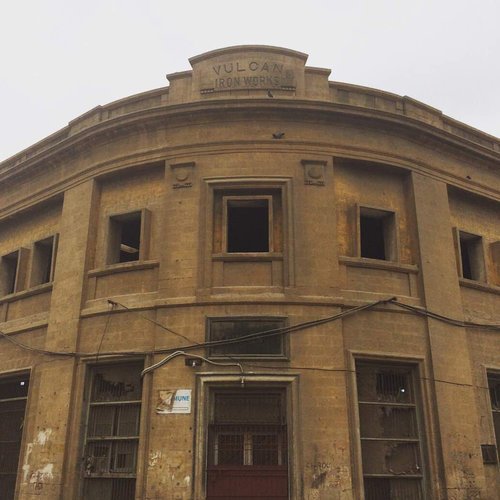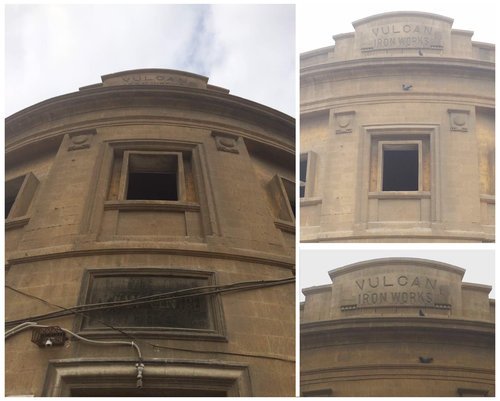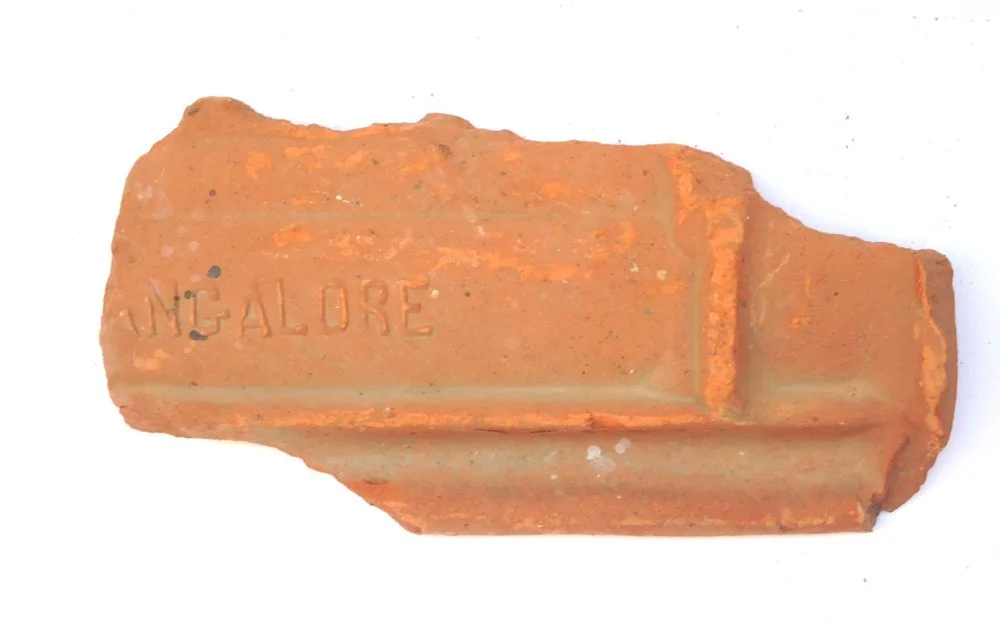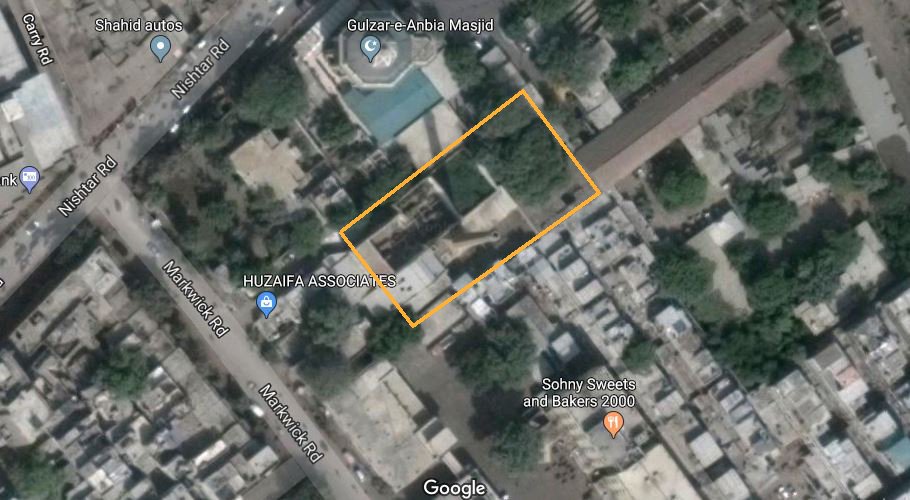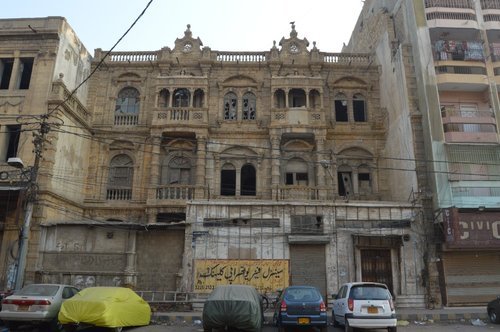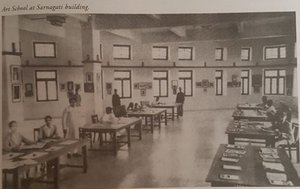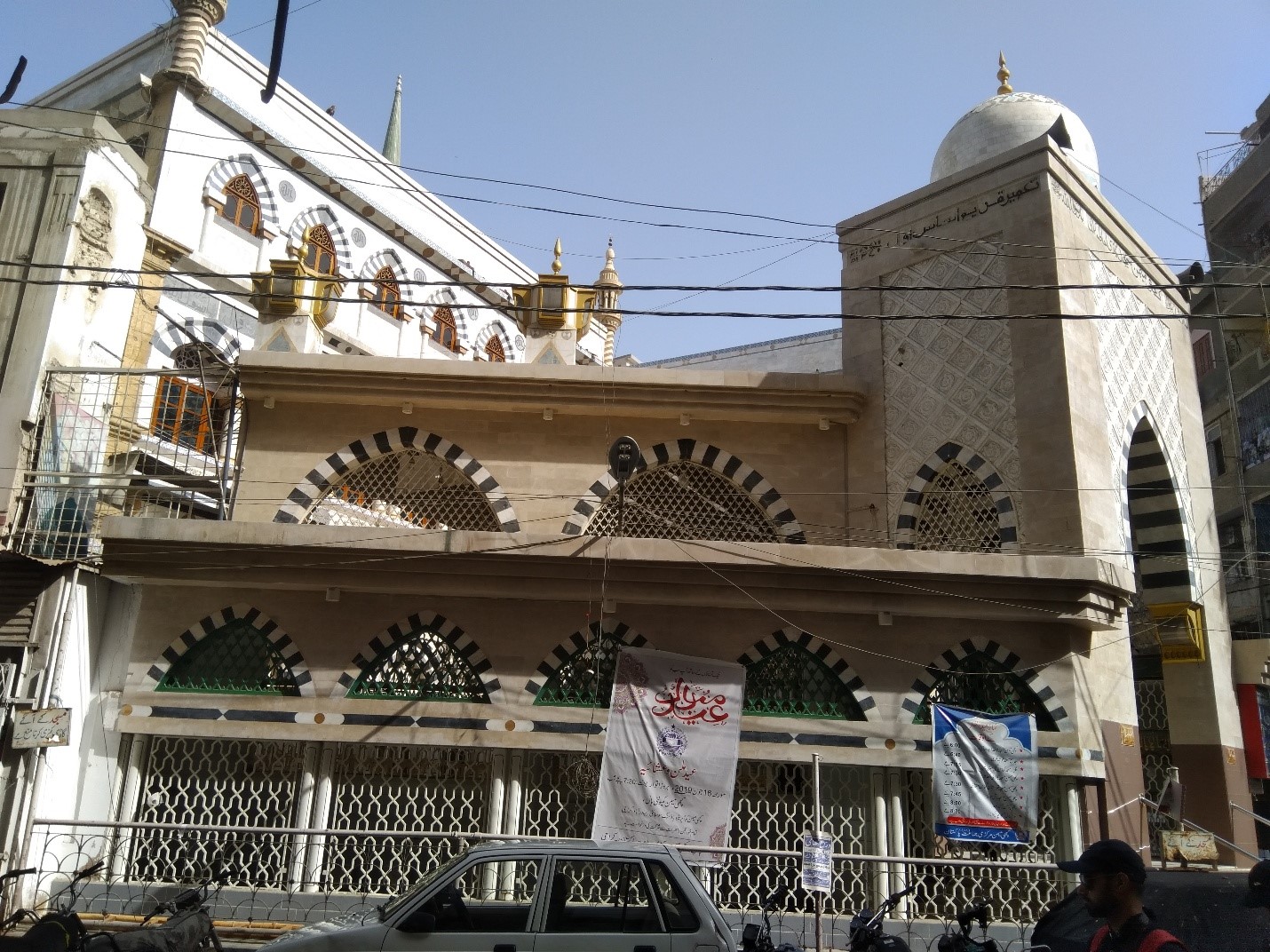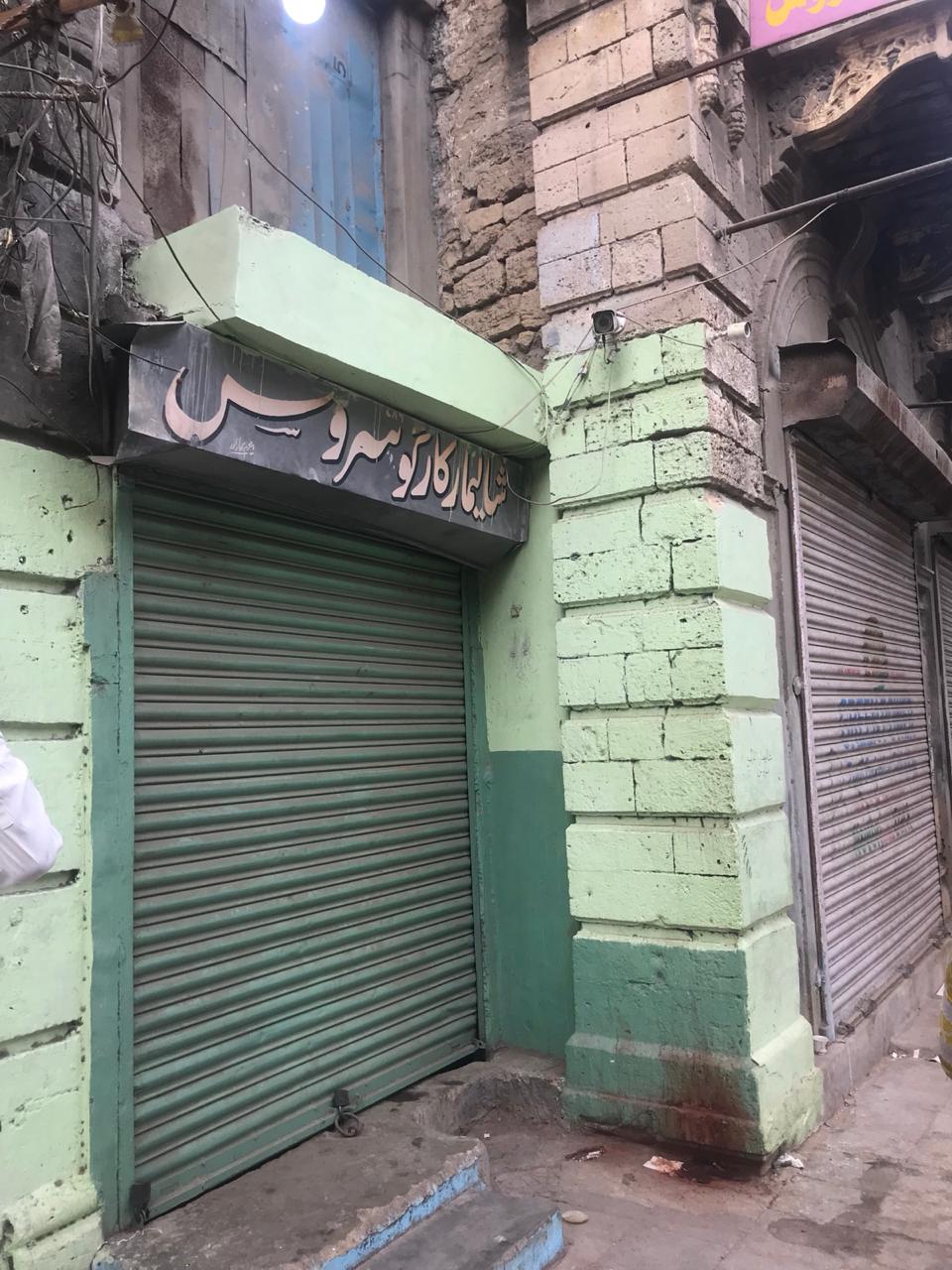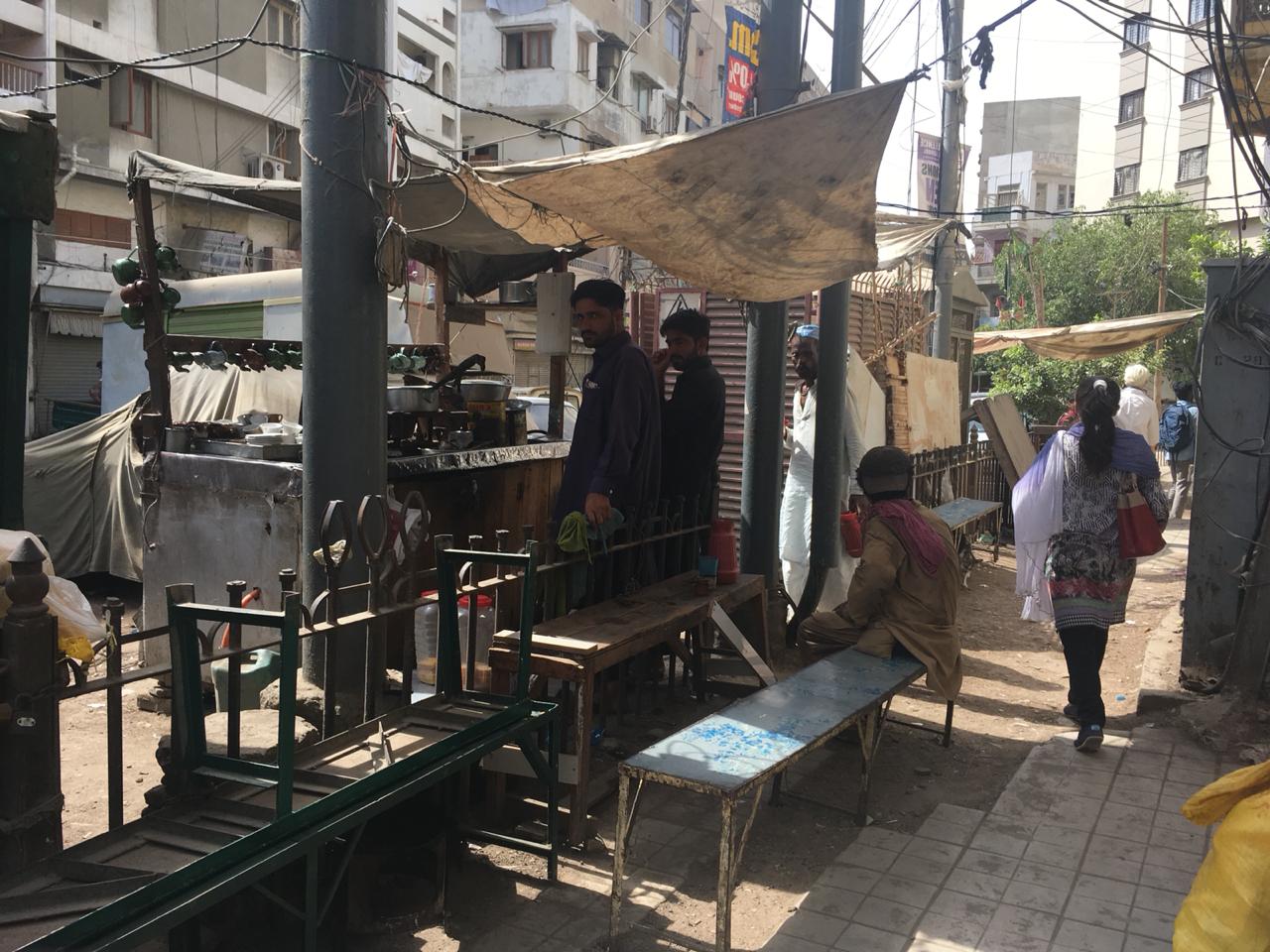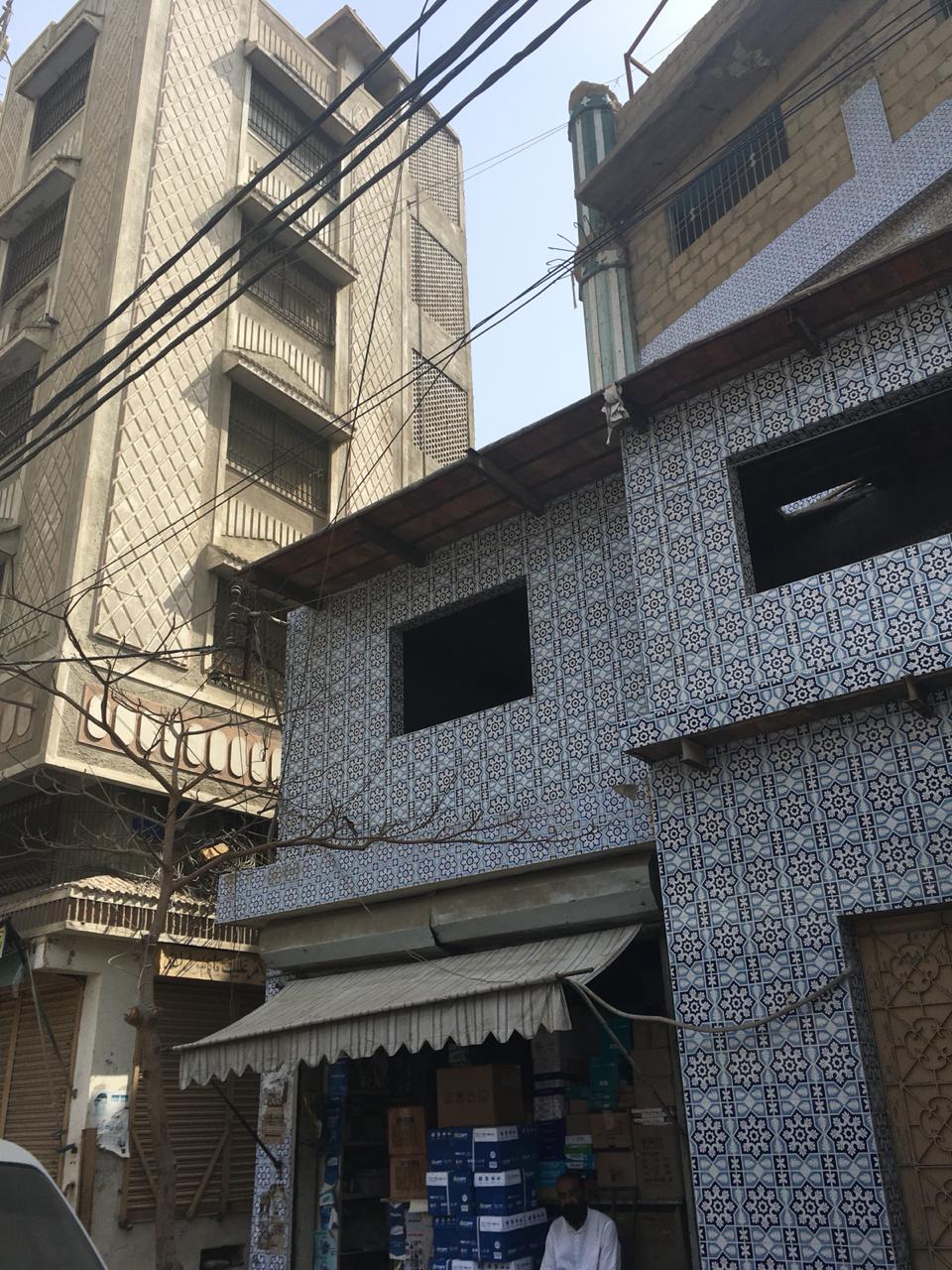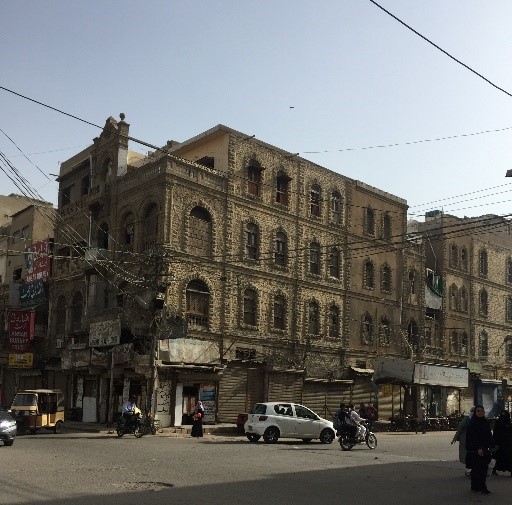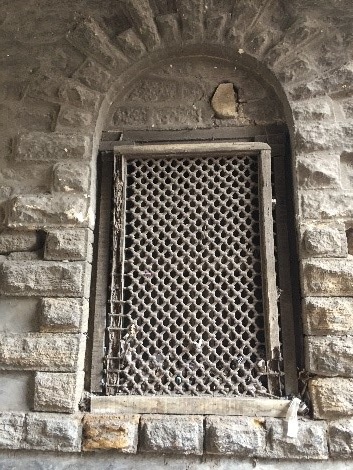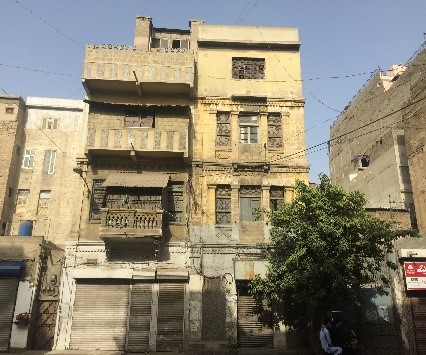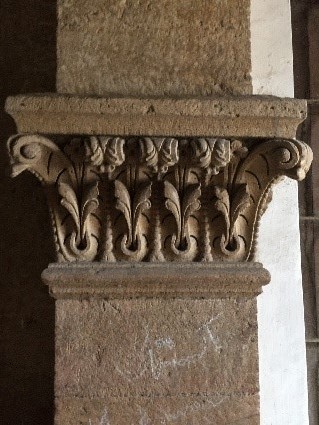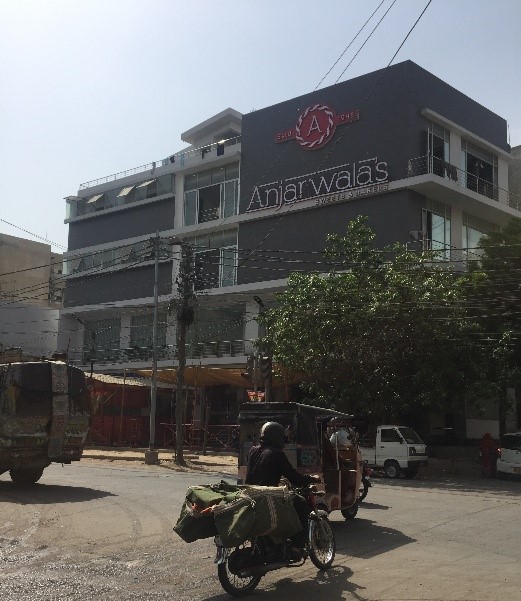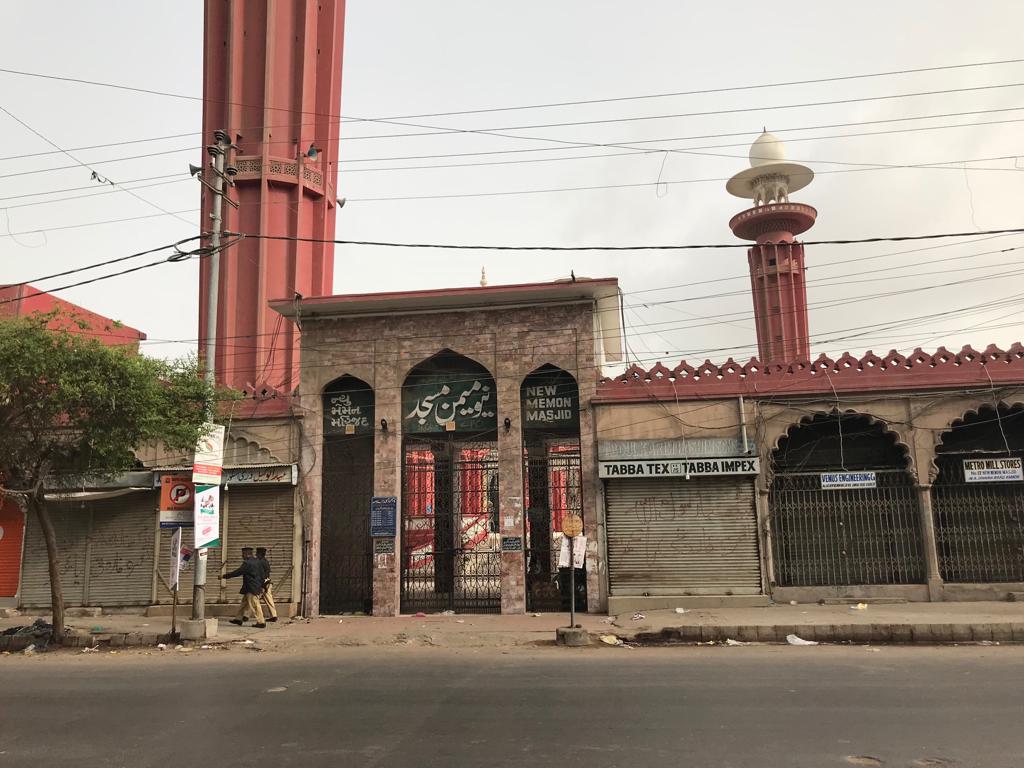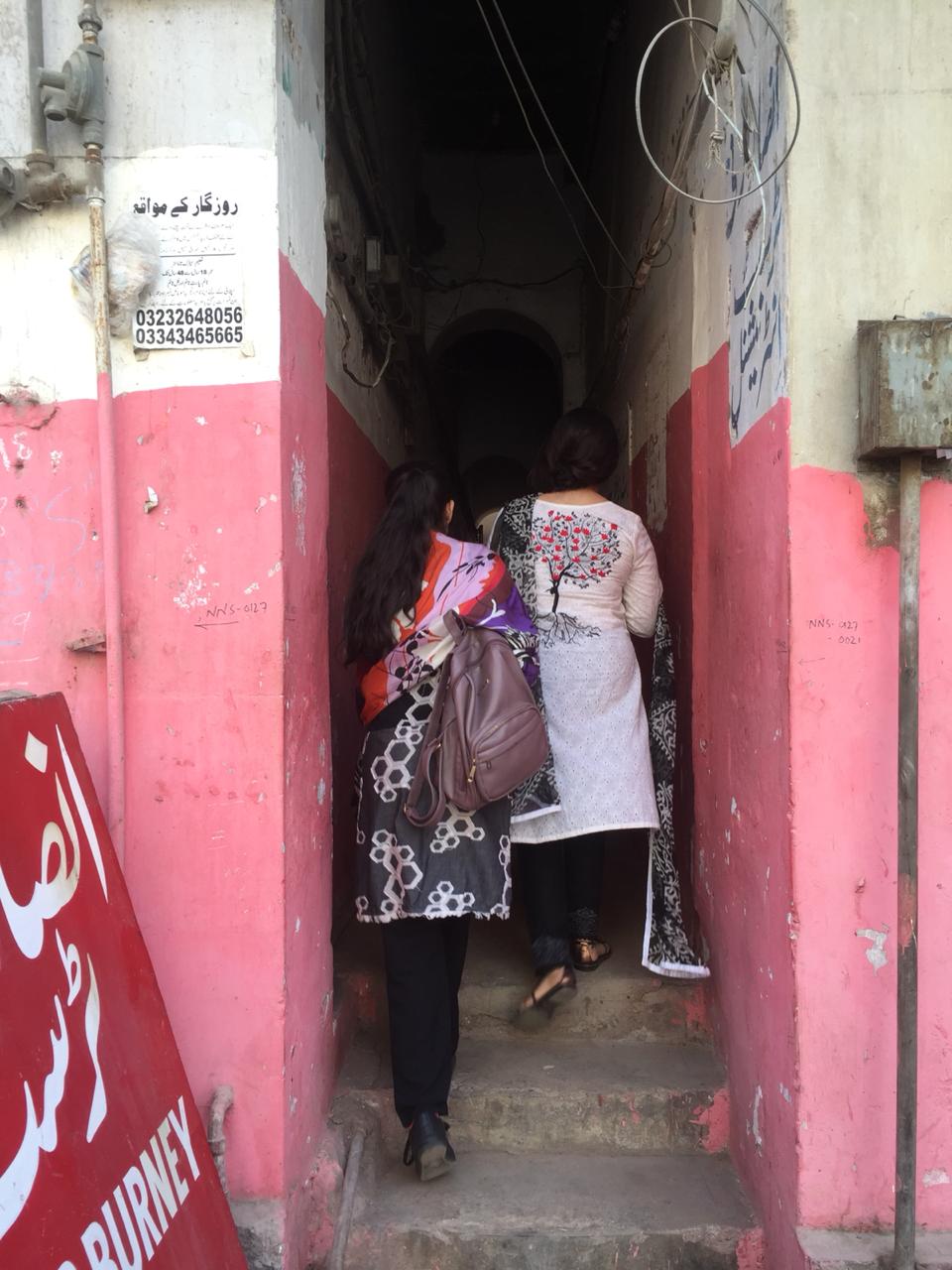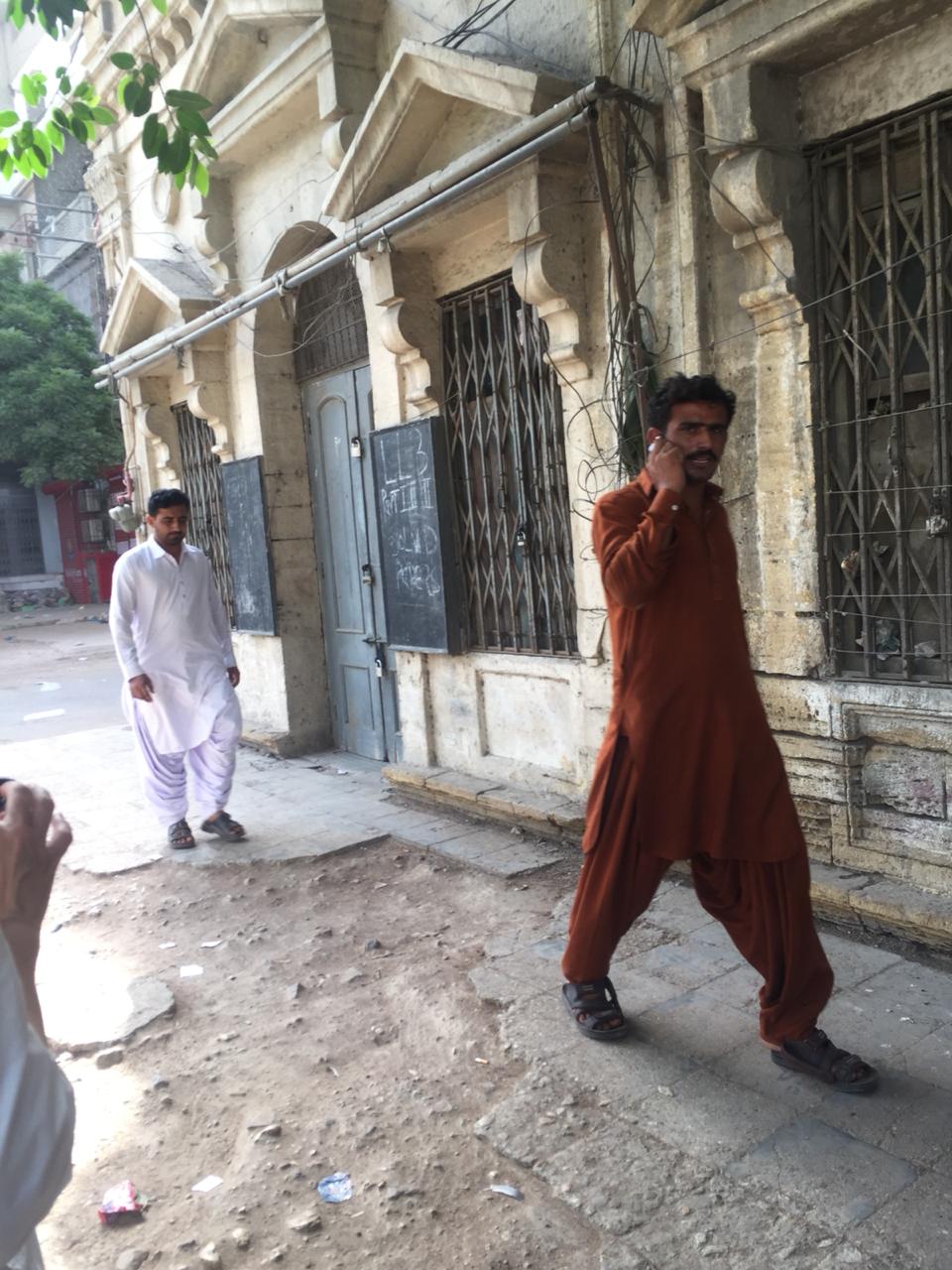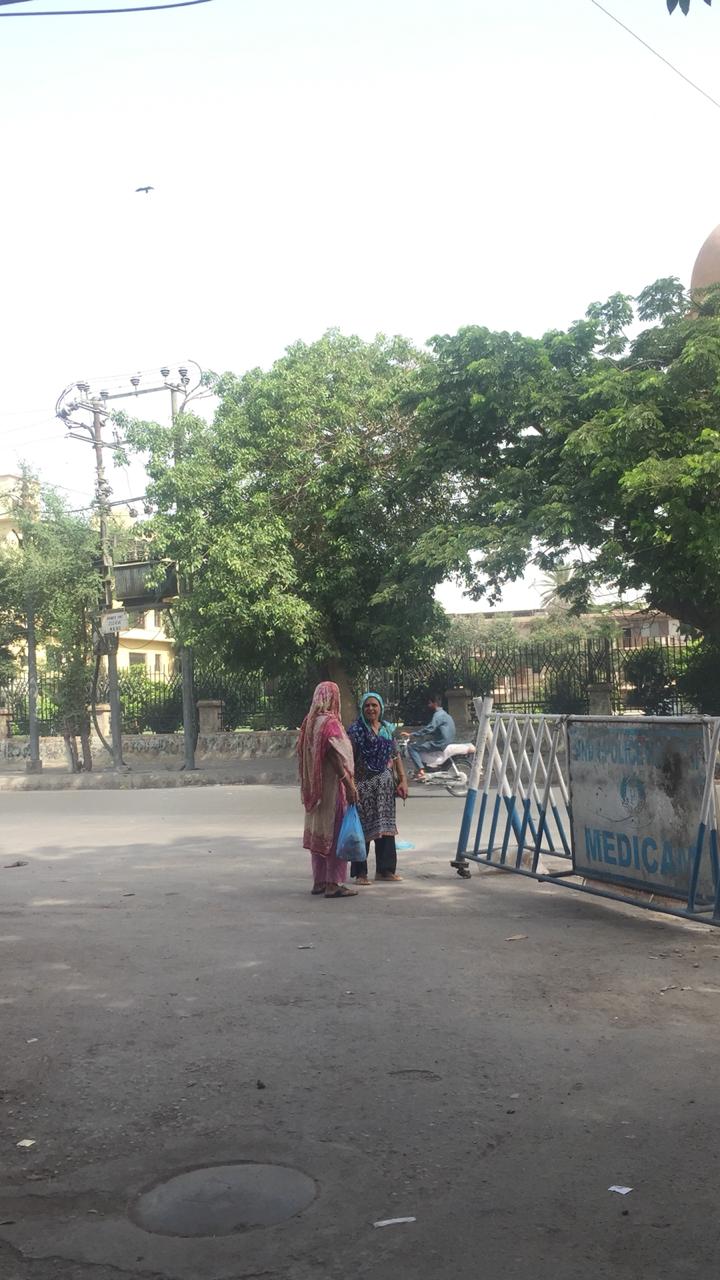Written by Ayesha Jamal
Nestled amidst the bustling streets and modern architecture, Karachi boasts a rich history that often goes unnoticed by its busy inhabitants. Pakistan Chowk, located in the heart of Saddar, serves as the perfect starting point for an enthralling heritage walk that takes you on a journey through the city's past. As we lace up our walking shoes and embark on this cultural expedition, we'll unravel the mysteries of Karachi's yesteryears, exploring ancient landmarks, colonial relics, and a myriad of fascinating stories that have shaped the city's identity.
Our adventure begins at the iconic Pakistan Chowk, an atmospheric triangular Public space surrounded by architectural marvels that transport us back in time. This historic square has been a central meeting point for generations.
Continuing our journey, we delved deeper into the exploration of the remarkable historic buildings that bore witness to both the pre-partition and post-partition eras. Many of these architectural marvels were constructed using the distinctive Gizri sandstone, a material that was commonly employed in ancient structures but is now no longer available.
As we ventured further, we found ourselves immersed in the grandeur of these age-old edifices, each telling its own unique story of the city's past. The use of Gizri sandstone in their construction not only lent them a timeless charm but also reflected the skilled craftsmanship of the bygone era.
However, as we marveled at the architectural beauty, we couldn't help but feel a tinge of sadness knowing that this precious material, once abundantly available, is now lost to the annals of time. The depletion of Gizri sandstone serves as a poignant reminder of how finite resources can shape the evolution of architectural practices and materials.
Nonetheless, by exploring and preserving these historic buildings, we pay homage to the creativity and vision of those who built them, leaving an indelible mark on Karachi's heritage. It is through these tangible remnants of the past that we connect with the rich tapestry of history, understanding the city's journey from its early days to the bustling metropolis it is today. As we continue to cherish and protect these architectural treasures, we ensure that the legacy of Gizri sandstone lives on in the collective memory of Karachi's heritage, inspiring generations to come.










